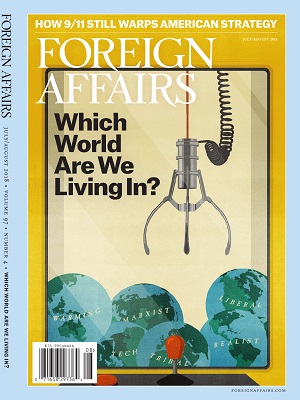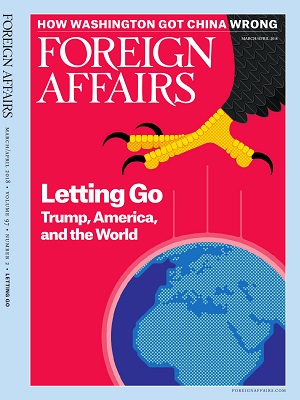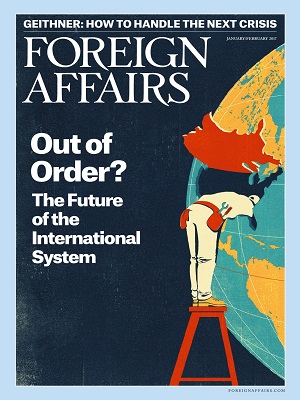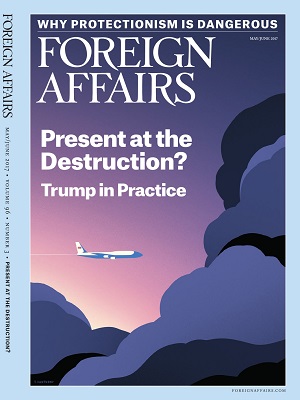Why wasn’t the world better prepared for the novel coronavirus? COVID-19, the disease caused by the virus, was first detected in Wuhan, China, in late 2019. By January 25, 2020, there were more than 1,000 reported cases in nearly a dozen countries. On March 11, the World Health Organization declared the outbreak a pandemic—at that point, the contagion had affected more than 100 countries. By early April, cases worldwide numbered in the millions.
The coronavirus spread rapidly and exponentially, and even in the countries hit late by the disease, governments had only a short window to try to boost health-care capacity, enact social-distancing measures, and brace for the economic shock. But the threat of pandemic disease is not new—for decades, public health experts warned that an outbreak of global proportions was on the horizon and that the world would not be equipped to fight it when it arrived.
In this anthology, The Next Pandemic, Foreign Affairs explores these early warnings of an impending health crisis, from Laurie Garrett’s “The Return of Infectious Disease” in 1996 to Michael T. Osterholm’s “Preparing for the Next Pandemic” in 2005. Next, we examine the responses to previous outbreaks, from HIV/AIDS to SARS to Ebola, and how many of those lessons failed to stick, leaving governments and international institutions to repeat past mistakes. We also turn to the outbreaks still to come. As Osterholm and Mark Olshaker write in “Chronicle of a Pandemic Foretold,” planning for the next global health emergency should begin now. A new pathogen may be deadlier and more infectious than the novel coronavirus, and it could appear without notice. If the staggering toll of the current pandemic is any indication, most countries are far from ready to handle it when it does. Perhaps this time the world will heed the warning.
[button url=”https://thecsspoint.com/link/1799″ class=”” bg=”” hover_bg=”” size=”0px” color=”” radius=”0px” width=”0px” height=”0px” target=”_blank”] Download Link 1 [/button]



























